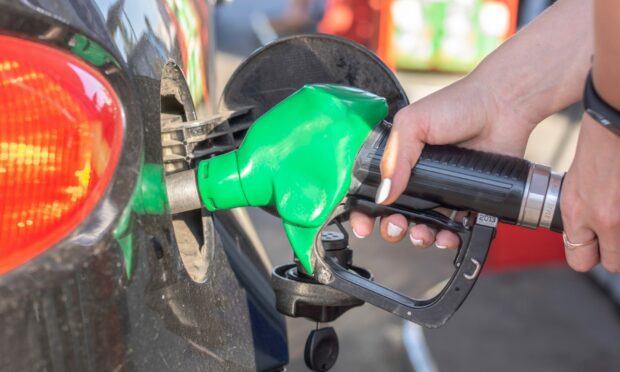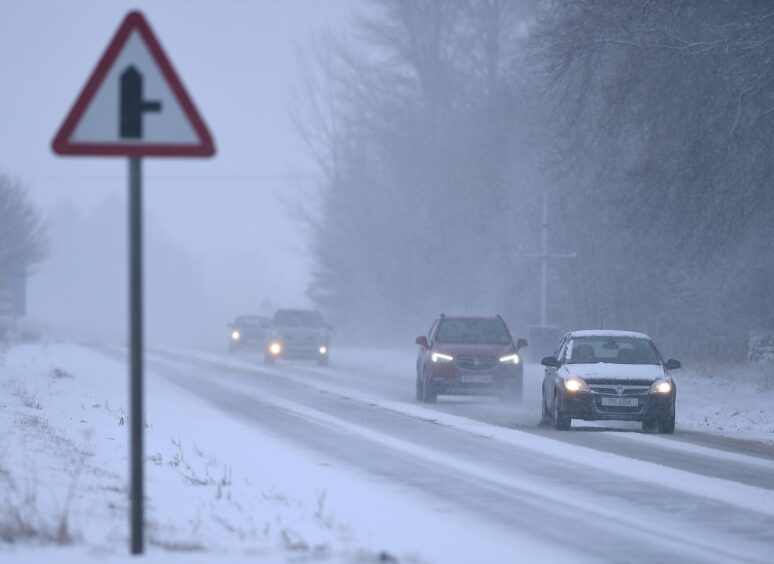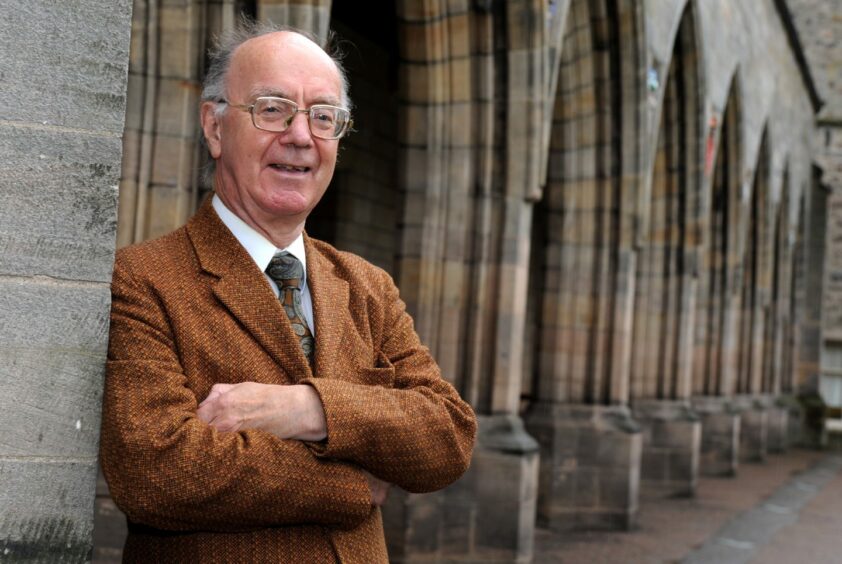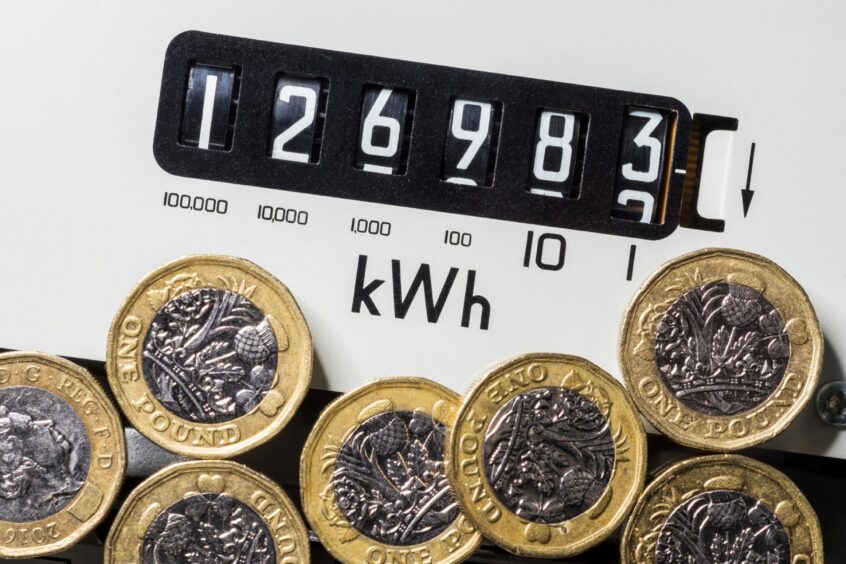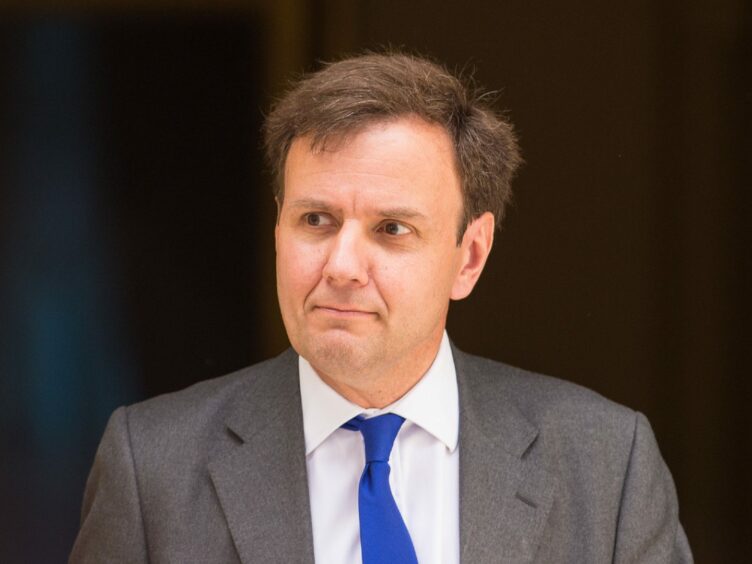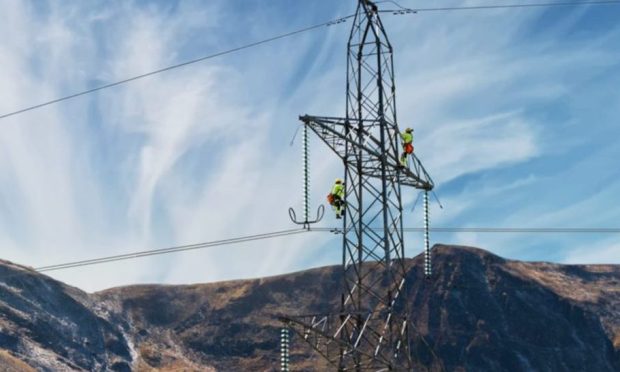An oil and gas expert has warned severe late winter weather may send household fuel bills rocketing further.
Limited gas storage means the UK has only two or three days-worth of annual consumption at this time of the year, Alex Kemp, professor of petroleum economics at Aberdeen University, said today (February 14).
Prof Kemp highlighted how, in 2018, the “Beast from the East” cold snap caused a sharp rise in wholesale prices, although the impact was short-lived.
A similar increase now, with household energy bills already rising fast, could tip many more people into fuel poverty.
And there is no respite elsewhere, as rising inflation sends grocery prices soaring and petrol prices reach record levels – an average of £1.48 per litre, according to the AA.
Citing the official definition of fuel poverty, which takes in households where more than 10% of net income after certain deductions is required to pay for “reasonable fuel needs”, Prof Kemp warned a growing number of people may be falling into this bracket.
And he forecast oil prices could rise by several dollars if fighting breaks out in Ukraine amid growing tensions between Russia and the west.
Speculation is mounting that crude prices may soon smash through the $100 per barrel barrier – a level they have not reached since 2014.
Some experts have predicted this could happen as early as this week.
International financial services firm JPMorgan said oil prices may “easily” go through $120.
The problem with Russia and the west leaves traders nervous. They don’t know what will happen. They tend to price in what could happen.”
Professor Alex Kemp, Aberdeen University.
As of 5.30pm today, a barrel of global benchmark Brent crude oil stood at $94.31.
Trying to predict where wholesale oil and gas prices will go next is a fruitless task, due to the many factors at play.
But commodity prices have risen sharply in recent weeks amid fears of war breaking out in eastern Europe.
Energy bills are rocketing, with suppliers now allowed to pass on more of the increase in wholesale costs to customers as a result of the UK Government lifting a price cap.
Explaining the recent trend for oil prices, Prof Kemp said: “Economic growth and many countries coming out of Covid restrictions has seen demand pick up quite a bit.
“Prices have drifted up and the supply response has been a bit mixed.
“The problem with Russia and the west leaves traders nervous. They don’t know what will happen.
“They tend to price in what could happen.
“If fighting does break out, the main issue they will be thinking about will be disruption to supplies.”
Sanctions threat
Prof Kemp added: “US and European governments have said there will be severe sanctions against Russia.
“That could have consequences for Russian exports of gas and oil to the west and put upward pressure on prices.
“Russia is a big exporter of gas but also of oil. If sanctions disrupt exports, prices would go up.
“If fighting started, I think oil prices would go up by several dollars.”
What Russia-Ukraine tensions could mean for your gas bill
Higher wholesale gas prices are largely the result of China and India responding to last year’s COP26 climate summit in Glasgow, and trying to reduce their carbon emissions by switching from coal to gas, Prof Kemp said.
The UK is not as highly dependent on Russian gas imports as some other parts of Europe but limited storage capacity still leaves it vulnerable, Prof Kemp said.
He added: “There are several undeveloped gasfields in the UK but they are awaiting field development plans.
“Even with these development plans, it would take three or four years to get the gas onstream.”
Energy Minister Greg Hands has said drilling for gas in the UK North Sea must continue for “reasons of energy security”.
Mr Hands told The Times domestic production gave Britain an advantage compared with European neighbours that rely on Russia for a “huge part” of their gas.
He also vowed the energy price cap is “here to stay”, despite calls from some suppliers to scrap it altogether.
Most UK households are facing a big increase in energy bills from April, as much as 54%, due to surging commodity prices.
Consumers are also facing rocketing increases at petrol stations around the country as supermarkets and other suppliers ramp up prices for filling up their cars.
